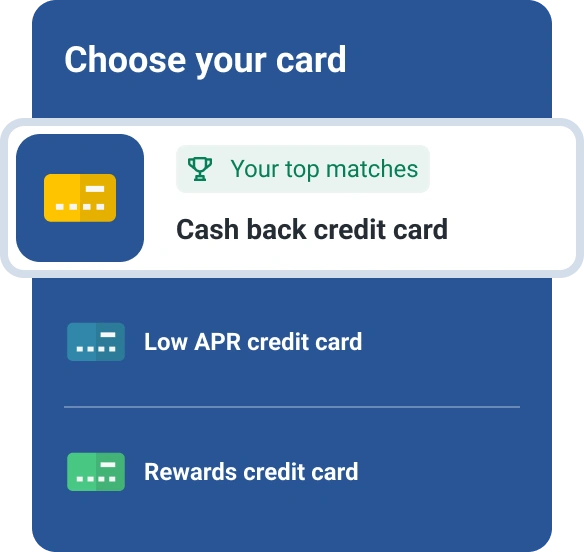What Counts as a Grocery Purchase for Rewards Credit Cards?
Quick Answer
A grocery purchase is a purchase made at a store that has a merchant category code indicating its primary products sold are groceries. Those are typically grocery stores and supermarkets but may include candy, nut or confection stores, freezer/meat lockers, dairy product stores and bakeries.

Many rewards credit cards offer cash back, miles or reward points on grocery shopping, so it's important to understand what exactly is considered a grocery purchase. The short answer: The merchant, not the merchandise, determines what is classified as a grocery purchase.
How Merchant Category Codes Work
A merchant category code (MCC) is a four-digit number that classifies businesses by type. These codes were developed by the IRS and are used to classify businesses, track payment processing charges and determine bonus rewards on purchases.
Every merchant that accepts your credit card has a category code that was either self-designated by the business or assigned by the payment network. Credit card issuers do not choose MCCs, but you can call your credit card issuer at the number on the back of your credit card to check the merchant category code of a given business.
Whether something qualifies as a grocery purchase may depend on where you bought it. That could mean if you buy a loaf of bread with a rewards credit card, it will count as a grocery purchase if you got it from the supermarket but not if you bought it at a discount store. Similarly, if you buy a light bulb from a supermarket, it could count as a grocery purchase, but not if you bought it at a hardware store.
What Generally Counts as a Grocery Store
Grocery stores are generally stores that are located in the United States and are assigned MCCs that identify them as grocery stores or supermarkets. They can be small, independent grocery stores or large chains. For a grocery purchase to be eligible for grocery-category credit card rewards, the business typically must be classified as a grocery store or supermarket.
Grocery store purchases might also include grocery delivery. It's important to read terms to be familiar with what exactly constitutes a grocery purchase. In general, though, purchases made at a traditional chain grocery store will be eligible for grocery rewards.
What Generally Does Not Count as a Grocery Store
The grocery store category generally does not include convenience stores, superstores, discount stores, warehouse clubs or meal-kit delivery services. It also doesn't typically include drugstores that also sell food. However, there are differences among card issuers, so it's smart to read the fine print on your credit card agreement.
Also, stores may have multiple MCCs. For example, a supermarket that includes a pharmacy and a gas station might have three MCCs—one as a grocery store, one as a pharmacy and one as a gas station.
Purchases from grocery-store-branded pharmacies and gas stations do not generally count as grocery purchases.
How to Maximize Grocery Store Rewards
Knowing where you shop, whether you are willing to pay an annual fee and how much effort you are willing to make can inform your decision about the best grocery store credit card for you.
Whether you are looking for points, miles or cash back, it's crucial to read the fine print and to understand what will qualify.
Here are some strategies to consider:
- Customize your rewards or get a store card with cash back. If you buy your groceries at a superstore or warehouse, you may be able to choose a card that allows you to customize rewards—and you could, for example, pick your store and get up to 3% cash back. Or, you could find a store credit card that offers up to 5% back when you shop at that particular store.
- Activate a rotating bonus category. If you have credit cards with rotating bonus categories, it makes sense to activate the bonus categories each quarter. You can use a sticky note on credit cards to remind yourself which card(s) to use. Most have a quarterly maximum of $1,500 in combined purchases for bonus categories.
- Get a card with an annual fee. You may be able to get a cash back card that pays up to 6% cash back for groceries all year long. It will still have an annual maximum on eligible grocery store purchases, but depending on how much you spend, it could make sense.
The Bottom Line
Used strategically, rewards cards can help you stretch your grocery budget or earn rewards. Understanding your credit card issuer's definition of a grocery purchase is crucial.
You might already have a rewards card that will serve you well when you buy groceries. Activating bonus categories or matching a store credit card to the store where you buy groceries may be one way to save.
Get the rewards you deserve
Cash back? Miles? Points? Whatever suits your goals, we can help match you to personalized rewards card offers. Start with your FICO® Score for free.
See your offersAbout the author
Bev O'Shea is a Georgia-based freelance journalist specializing in personal finance and consumer credit. Most recently, she was a staff writer at personal finance website NerdWallet, where she was an authority on credit reports, credit scores and identity theft.
Read more from Bev

